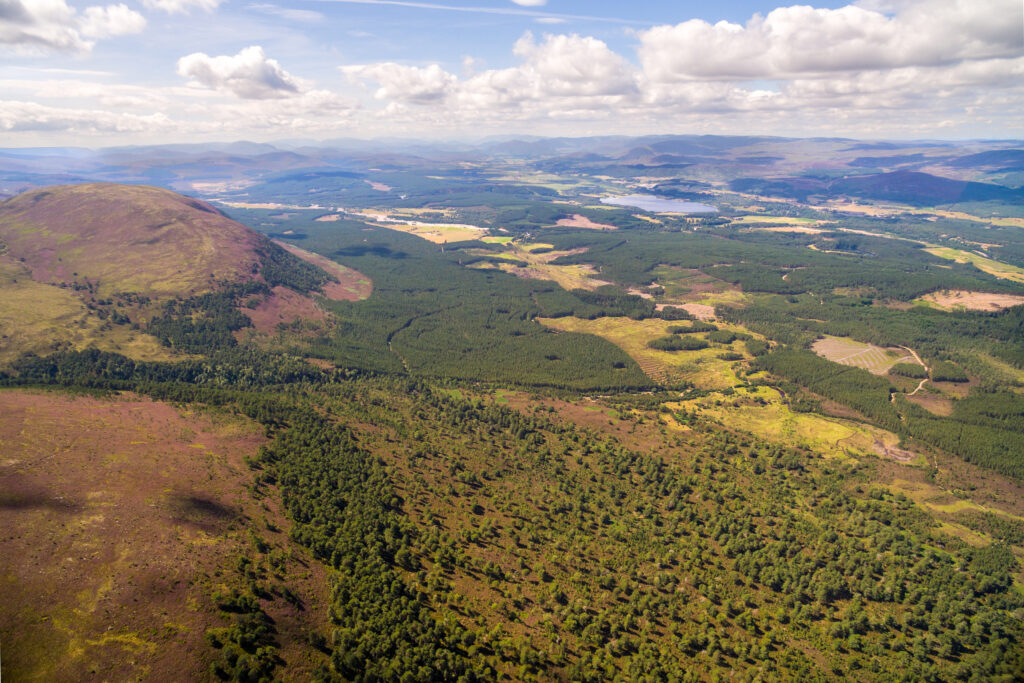SCOTTISH Highlands National Nature Reserve has seen its woodland regeneration increase by 25% over the past six years, a new study shows.
NatureScot commissioned a repeat of a 2017 survey that looked at tree regeneration over 1,025 hectares of land at Inshriach, near Aviemore.
The survey focused on open areas next to the existing established woodlands and covered land stretching right up to an altitude of 900 metres, aiming to see if it is expanding.
The research indicated a rise of approximately 25% in the density of all tree species in the area due to the growth of new seedlings and saplings during the period.

Scots pine increased from 281 to 313 stems per hectare, juniper increased from 56 to 102 stems per hectare and birch from two to 10 stems per hectare.
The species of new seedlings and saplings are strongly influenced by the existing adult trees and therefore impacting the available seed reservoir for natural regrowth.
With no planting or deer fences on the reserve, all of the woodland expansion has taken place through natural regeneration aided by deer management.
Habitat Impact Assessments, which measure the impact of deer and other herbivores on habitats, were also carried out, with grazing found to have either no or low impact.
The findings build on recent research showing how long-term coordinated deer control can enable trees to recolonise upland areas at a landscape scale.
Ian Sargent, NatureScot’s reserve manager for Invereshie and Inshriach NNR, said: “We’ve been managing deer impacts on the reserve for more than 50 years, with an emphasis on encouraging natural regeneration.
“With this survey, it is really heartening to see the progress that has been made in the last six years alone.
“The ancient native pinewoods are continuing to expand, with regeneration sometimes recorded more than 1km from the nearest mature established woodland.
“Juniper and birch are also doing well on the reserve.
“Our aim is to allow the woodland to function naturally and to re-colonise high altitude areas, so it’s great to see regeneration is already occurring well above 600m and in some cases even on the very exposed summits of some of the peaks.”
NatureScot Chief Executive Francesca Osowska said: “The results are a great example of what can be achieved working in partnership to achieve woodland recovery and expansion on a landscape scale.
“Globally and in Scotland, nature is in decline and we face a climate emergency.
“Deer are an iconic part of our biodiversity but in high numbers they can have a negative impact on woodland and other habitats.
“The sustainable management of Scotland’s deer, such as is happening at Invereshie and Inshriach and elsewhere, is vital if we are to meet ambitious and necessary targets to restore nature and reach net zero.“